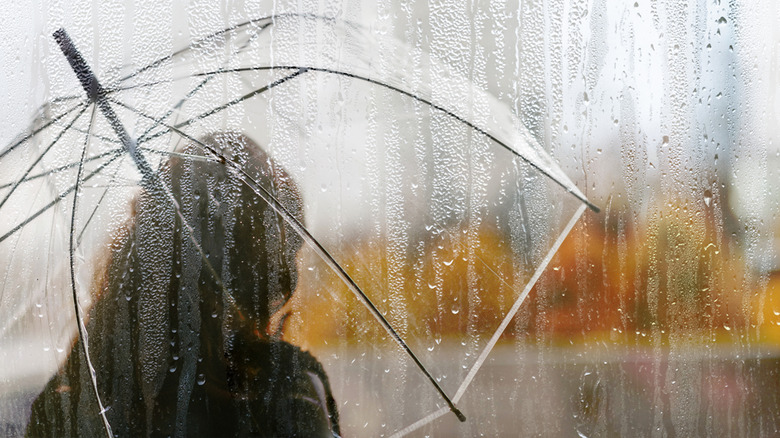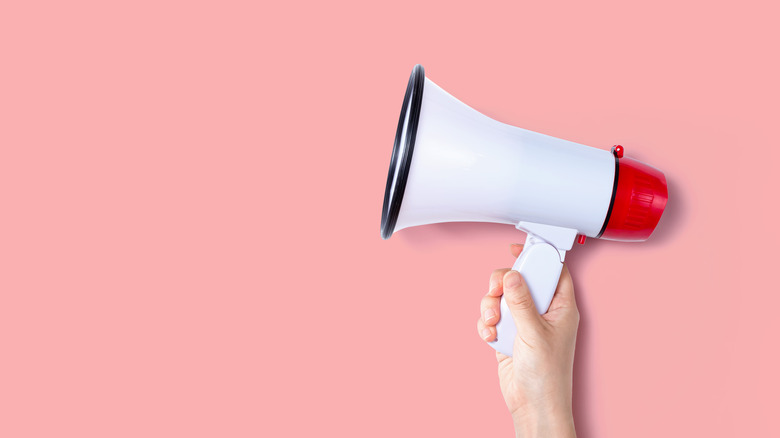‘Pink noise’ might sound like something made up to sell sleep aids, but it’s actually a pattern of sound as old as rainfall and the human heartbeat. It is comparable to white noise, a sleep aid that has been in use for decades. But the small differences between the two may mean that pink noise can help those that aren’t lulled by white noise.
Pink noise and white noise both contain sounds across the full range of frequencies that humans can hear. That range, according to The Cleveland Clinic is 20 hertz to 20,000 hertz, also known as 20 kilohertz. The fewer hertz, the lower the frequency. As a sound’s frequency goes up, so does its pitch until it passes out of the human auditory range. A dog whistle, for example, is so high pitched that humans can’t hear it because most dog whistles function between 23 and 45 kilohertz or 23,000 to 45,000 hertz (via Dogster).
Why do all these numbers matter when it comes to pink noise and sleep quality? The answer comes down to the way our brains process noises across that range of frequencies humans can hear.
Pink noise and sleep

White noise is very static, meaning that the volume (or power) is roughly the same for any sound, no matter how high or low pitched it is. This is why white noise is so useful when it comes to drowning out background noises that might disrupt our sleep.
Pink noise is different because as a sound goes up in frequency, it goes down in volume or power. This creates a range of sounds that our brains end up translating as an even, steady noise that incorporates other background noises as part of it (via Live Science). It is this effect that makes pink noise helpful when we’re trying to fall asleep, according to a 2024 study published in Frontiers of Human Neuroscience. Sudden noises — like your dog trotting across the floor or your cat knocking your phone off the bedside table — are less likely to wake you up.
Rainfall is a good example of pink noise and one used in the 2024 study. When a raindrop hits a surface, it is a relatively loud sound with a low frequency. The following splash sound the drop makes is a low volume, high frequency noise. Other examples include wind noises and the sound of the ocean.
Pink noise is as old as some of nature’s most soothing sounds but the research on it is relatively new. The 2024 study found that pink noise improved sleep quality but also stated that more research is needed. In the meantime you can try pink noise out for yourself, either with machines from Amazon or a soothing rainfall mix from YouTube.



